The conference was connected online to provinces and centrally run cities. Co-chairing the conference were Deputy Prime Minister Le Thanh Long, Minister of Education and Training Nguyen Kim Son... At the local bridge points, there were leaders of provincial Party Committees and People's Committees of provinces and centrally run cities.
Timely adjustment of decentralization and delegation of authority in education
Speaking at the opening of the conference, Minister of Education and Training Nguyen Kim Son assessed that thanks to the close direction of the Government and the Prime Minister , the effective coordination of central ministries, branches and Party committees and local authorities, the support of the masses, especially the determination and responsibility of teachers, education managers, and the efforts of students, the entire education sector has completed the 2024-2025 school year plan with many positive results.
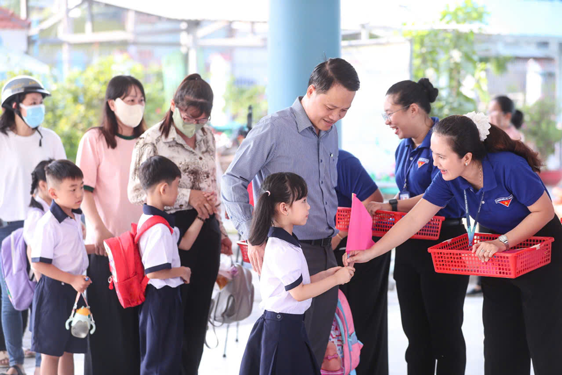
First graders in Ho Chi Minh City return to school on August 20. Photo: HOANG TRIEU
The Minister of Education and Training also frankly admitted that besides the achieved results, there are still limitations and challenges such as the widespread shortage of teachers in many localities, especially for new subjects and disadvantaged areas; the quality of vocational education and the quality of university education have not fully met the needs of the labor market.
In her report at the conference, Ms. Tran Thi Dieu Thuy, Vice Chairwoman of the Ho Chi Minh City People's Committee, said that the locality always puts education development as the top priority. Special mechanisms and policies in the education sector are always given priority. The merger of Binh Duong, Ba Ria - Vung Tau with Ho Chi Minh City to form a new megacity has posed many advantages but also many challenges for the city's education and training sector. Specifically, the large administrative boundaries, diverse types (rural, urban, island communes, special zones, etc.), the uneven state of facilities in localities, especially in disadvantaged and densely populated areas, therefore it is necessary to focus on researching solutions to ensure quality and teaching conditions suitable to the new situation.
According to the Vice Chairman of the Ho Chi Minh City People's Committee, the implementation of the two-level local government model has placed new requirements on the People's Committees at the commune level, especially the civil servants in charge of education in the cultural and social departments. The advantage of the model is that the commune-level government clearly understands the characteristics of the population, learning conditions and educational needs in the locality, so it can make appropriate and timely decisions and plans. However, through reviewing the current situation, only about 50% of civil servants in the cultural and social sector have previously worked in the education sector, so they are still confused when approaching the task of managing education in the locality. To overcome this situation, in order to minimize the lack of synchronization in implementing educational work in the locality, Ho Chi Minh City has directed the Department of Education and Training to proactively organize training for cadres and civil servants in the cultural and social sector in 168 wards, communes and special zones.
Ms. Vu Thu Ha, Vice Chairwoman of the Hanoi People's Committee, emphasized that the city will direct the education and training sector and localities to prepare the best conditions for the new school year. However, with many changes in education management when implementing a two-level local government, along with the Law on Teachers coming into effect, Hanoi proposed that the Government soon issue decrees for implementation.
Chairman of the National Assembly's Committee on Culture and Society Nguyen Dac Vinh said that 2025-2026 is the first school year to implement the Party's new policies on education. The Politburo will have a very important resolution on breakthroughs in education and training development. Therefore, the education sector must focus on developing a specific, detailed and feasible plan, focusing on implementation. Ensure that state budget expenditure for education and training reaches at least 20%. In addition, continue to review and promptly adjust decentralization and delegation of authority in the education and training sector, ensuring that it is consistent with the functions, tasks and organizational structure of each entity. Focus on solutions to overcome the shortage of teachers and managers in many localities, especially teachers of new subjects.
Eight breakthroughs in the new school year
In his concluding remarks at the conference, Prime Minister Pham Minh Chinh affirmed the important role of education and training and acknowledged that the education sector had achieved very basic results and achievements in the past school year. These results were summarized by the Prime Minister in 36 words: perfected institutions, streamlined apparatus, improved quality, professional exams, upgraded teachers, expanded integration, spacious facilities, developed science, and early blooming talents.
In addition to the achieved results, the Prime Minister also pointed out the remaining limitations and shortcomings, with 8 problems, encapsulated in 32 words: inadequate program, fragmented scale, unbalanced professions, low ethics, lack of skills, insufficient teachers, unconnected network, and passive funding.
From there, the Prime Minister requested the leaders of the Ministry of Education and Training and the entire education sector to continue to focus on thoroughly implementing the main viewpoints and orientations: students are the center and subject; teachers are the driving force; schools are the support; families are the fulcrum; society is the foundation.
"The Congress of the Party Committee of the Ministry of Education and Training set out the motto: Discipline - Creativity - Breakthrough - Development. I am impressed with the word "breakthrough". The Congress also set out the direction, tasks and solutions for the new term with 8 breakthrough contents. These are correct and accurate contents. I request that you thoroughly implement them seriously, promptly and effectively throughout the sector" - the Prime Minister emphasized.
Along with that, the Prime Minister said that it is necessary to focus on transforming the status and tasks of the education and training sector into the common tasks of the entire political system, the entire people, and the entire society; continuing to shift from equipping knowledge to developing comprehensive capacity of learners.
All thinking, methodology, approach, and problem solving of education and training must continue to be innovated more strongly; in the direction that all citizens must have equal access to education and training, especially the disadvantaged, those in remote, border, island, and ethnic minority areas. It is necessary to develop more advanced, modern, and practical programs and curricula. Learning must go hand in hand with practice; real learning, real exams, real talent... Focus on carefully preparing conditions for the new school year, including a solemn, cozy, neat, effective, and joyful opening ceremony.
Speaking at the end of the conference, Minister Nguyen Kim Son expressed his gratitude to the Prime Minister, Party and State leaders for always paying attention and closely directing the education and training sector. On the threshold of the new school year 2025-2026, the education and training sector will focus on promoting the "36 golden words", paying attention to the "32 silver words", promoting 9 groups, paying attention to 8 parts, overcoming 3 shortcomings, making breakthroughs in transitioning to a new state, doing well 10 specific groups of tasks and many key groups of tasks.
Detailed financial forecast
Mr. Bui Van Khang, Deputy Minister of Finance, said that in 2025, the total budget for education is estimated at about 496,000 billion VND, not reaching 20% as prescribed. However, there is a situation of slow disbursement in many ministries, branches and localities.
In 2026, the total estimated expenditure for education is 630,000 billion VND, an increase of 134,000 billion VND compared to 2025, reaching at least 20% of the total budget as prescribed and may increase further.
The Ministry of Finance also noted that localities must spend at least 5% of their total budget revenue on education, and universities must spend at least 3%. It requested that localities make detailed estimates for education and training to invest in education infrastructure, purchase equipment, and recruit teachers.
Source: https://nld.com.vn/nam-hoc-2025-2026-dot-pha-phat-trien-giao-duc-196250822212028206.htm





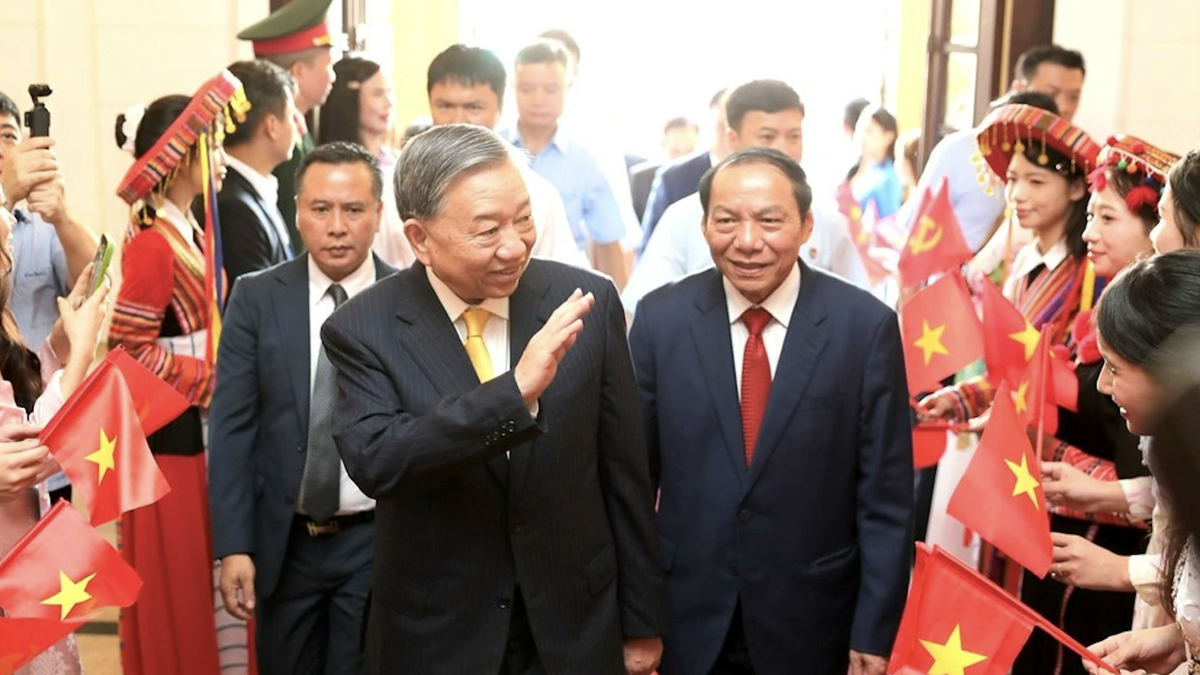
![[Photo] General Secretary To Lam attends the 80th Anniversary of the Cultural Sector's Traditional Day](https://vphoto.vietnam.vn/thumb/1200x675/vietnam/resource/IMAGE/2025/8/23/7a88e6b58502490aa153adf8f0eec2b2)


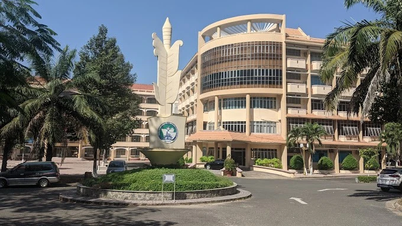

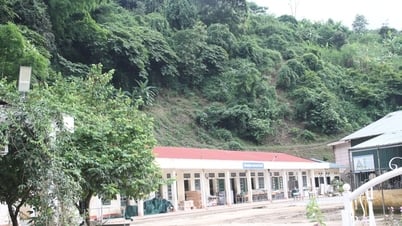




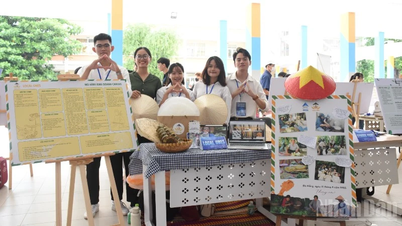







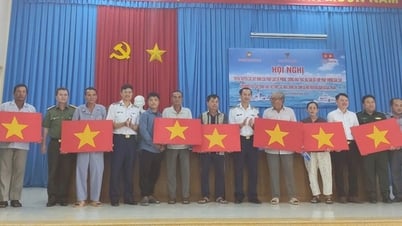



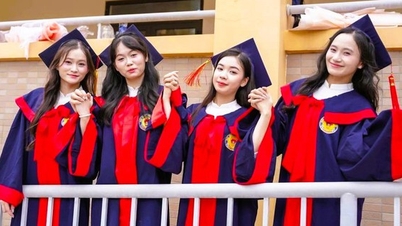

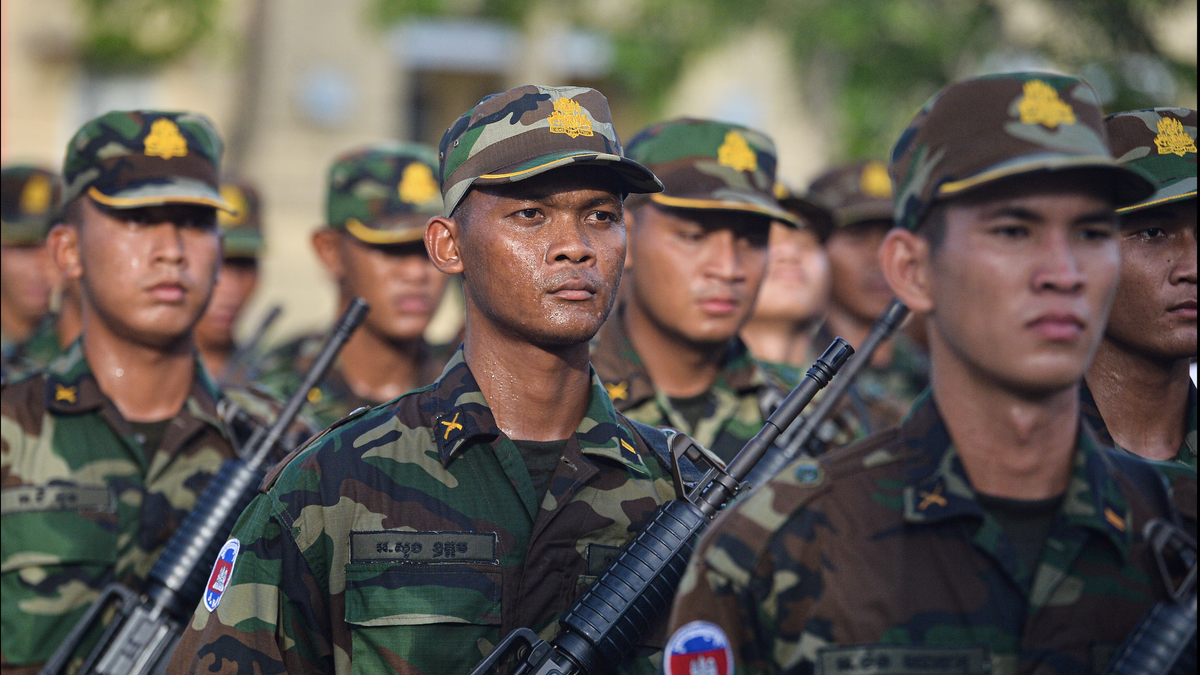
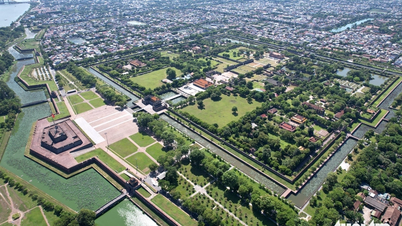


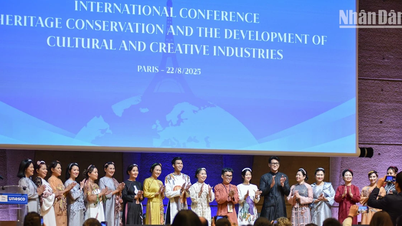



























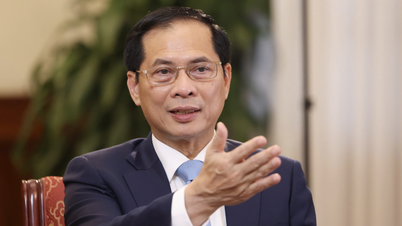

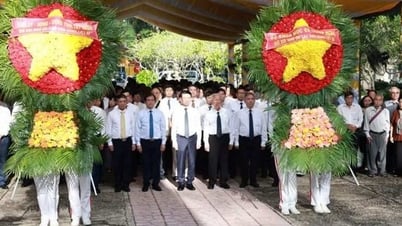

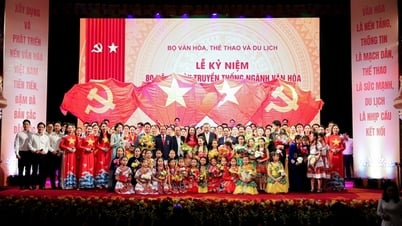

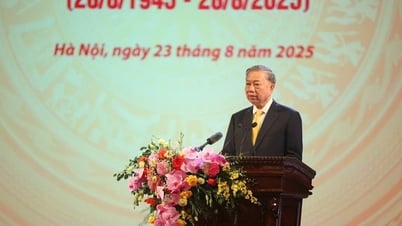
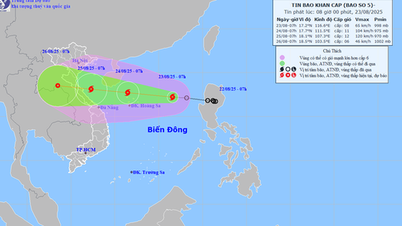
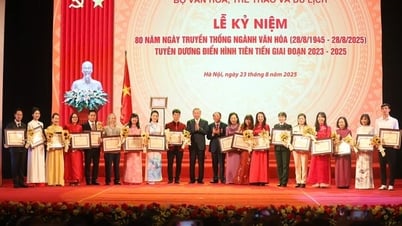


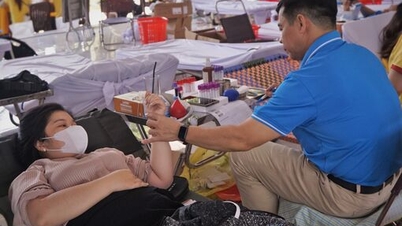

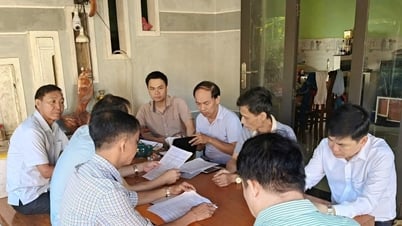










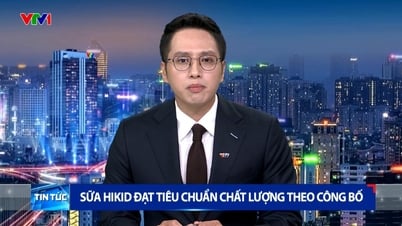








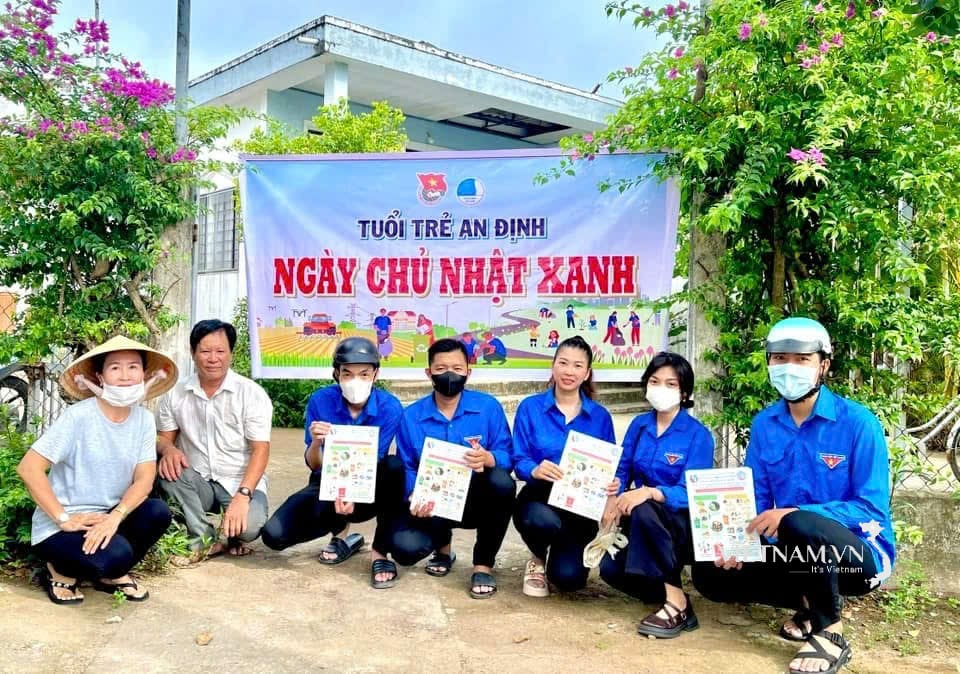



Comment (0)